Blog
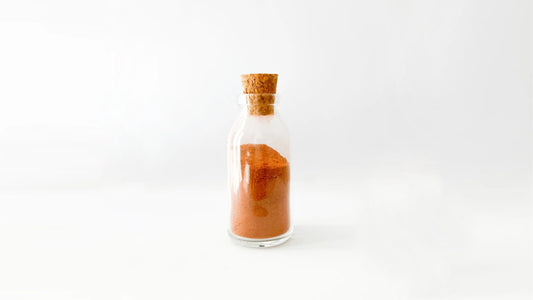
Everything to Know About Madder Natural Dye
Madder roots are one of the oldest dye extracts. Also known as Rubia tinctoria, it has been widely used for many centuries in Turkey and certain regions in Mesopotamia as...
Everything to Know About Madder Natural Dye
Madder roots are one of the oldest dye extracts. Also known as Rubia tinctoria, it has been widely used for many centuries in Turkey and certain regions in Mesopotamia as...
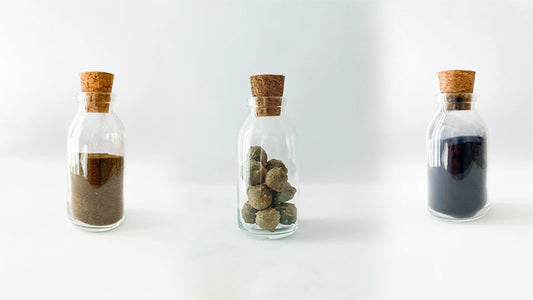
4 Natural Dyes That Don't Need a Mordant
Mordanting is an integral part of dyeing fabrics with natural extracts. But there are natural dyes that don’t need a mordant at all. Even though the process is essential for...
4 Natural Dyes That Don't Need a Mordant
Mordanting is an integral part of dyeing fabrics with natural extracts. But there are natural dyes that don’t need a mordant at all. Even though the process is essential for...
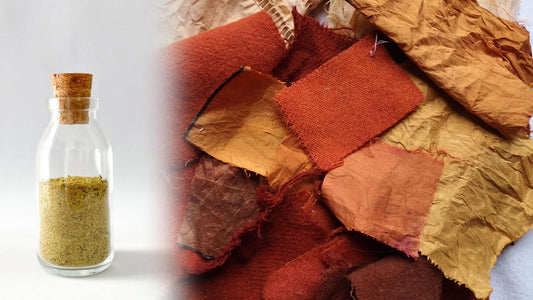
How to Dye Fabrics With Natural Extracts?
How to dye fabrics with natural extracts? Here’s your guide to foraying into the world of mordants, dyes, and natural dyeing. Dyeing with plant extracts is one of the oldest...
How to Dye Fabrics With Natural Extracts?
How to dye fabrics with natural extracts? Here’s your guide to foraying into the world of mordants, dyes, and natural dyeing. Dyeing with plant extracts is one of the oldest...
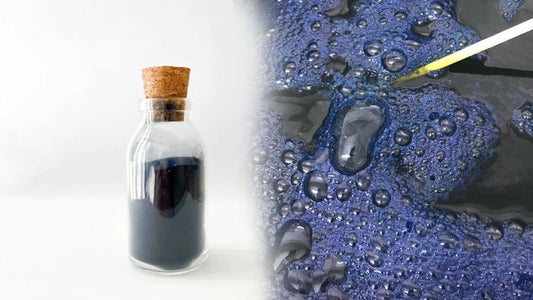
Everything to Know About Natural Dyes
Natural dyes are colourants produced from various natural or biological sources. Here’s everything you need to know about them. Humanity has been making use of the flora and fauna since...
Everything to Know About Natural Dyes
Natural dyes are colourants produced from various natural or biological sources. Here’s everything you need to know about them. Humanity has been making use of the flora and fauna since...
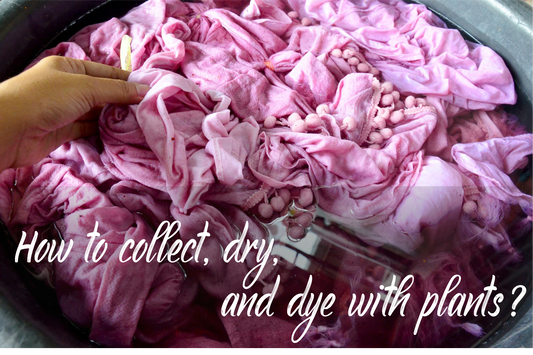
Introduction to Dying with Plants: How to colle...
The use of natural ingredients, naturalness and being close to nature are experiencing a renaissance. We are slowly reviving our grandmothers ’heritage, soap-making, various old-forgotten flavours, techniques, weaving, spinning -...
Introduction to Dying with Plants: How to colle...
The use of natural ingredients, naturalness and being close to nature are experiencing a renaissance. We are slowly reviving our grandmothers ’heritage, soap-making, various old-forgotten flavours, techniques, weaving, spinning -...
What is Muslin Fabric?
Muslin FabricMuslin fabric is is a type of fabric made of 100% natural cotton. It is an organic, healthy, natural, soft and breathable product. Moreover, it has a texture that softens as...
What is Muslin Fabric?
Muslin FabricMuslin fabric is is a type of fabric made of 100% natural cotton. It is an organic, healthy, natural, soft and breathable product. Moreover, it has a texture that softens as...